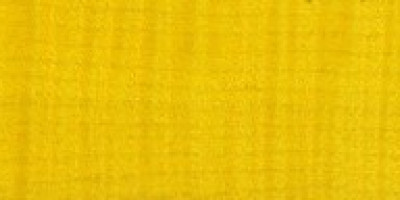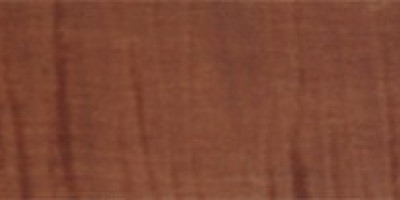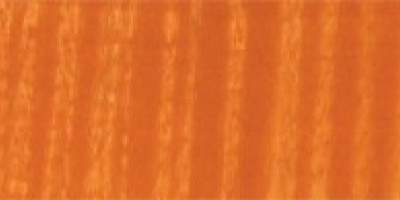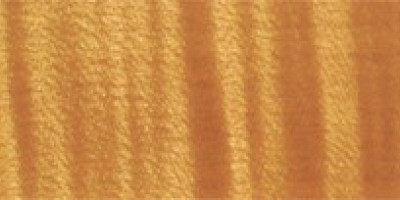Stains, liquid
Stains and primers
If the unfinished instrument is to have a beautiful basic color, it should be stained before varnishing. But since the hardness of wood can vary, thus absorbing the stain unevenly, it is recommended that the basic instrument should be pre-treated first to ensure that the color is attractively even.
Instructions for pre-treating the wood
Dissolve about 30 g of gelatin powder (order# 7460) in a liter of warm water and then heat until the solution is clear and thin. Apply the warm solution evenly with a bristle brush, leave to dry completely and sand down very carefully with a fine sandpaper.The various stains described below can then be applied.
JOHA® Antique stain 421
Stain # 421 - antique gray-brown are ready-mixed oxidation stains. After application, the color changes under the effect of air and daylight from being colorless(421) to antique gray-brown. This stains are applied exactly as described above. Once the required color has been reached, gently sand with a fine sandpaper and apply 1 coat basic varnish. This prevents further modification of the color. Ideally, one should carry out a test stain and varnish to see what the final result will be, since the colors will vary with different types of wood. This stains particularly draws out timber rings.
JOHA® stain # 402 M
Stain # 402 M (order# 8402) is a rich brown, ready-made stain which should be used if a dark instrument is required.
Stais 401, 403, 423
This stains are ready-made stains.
Stain 428
Stain # 428 (order#8428) is a ready-made old golden brown stain made from natural dyes. Use as water-based stains.

























